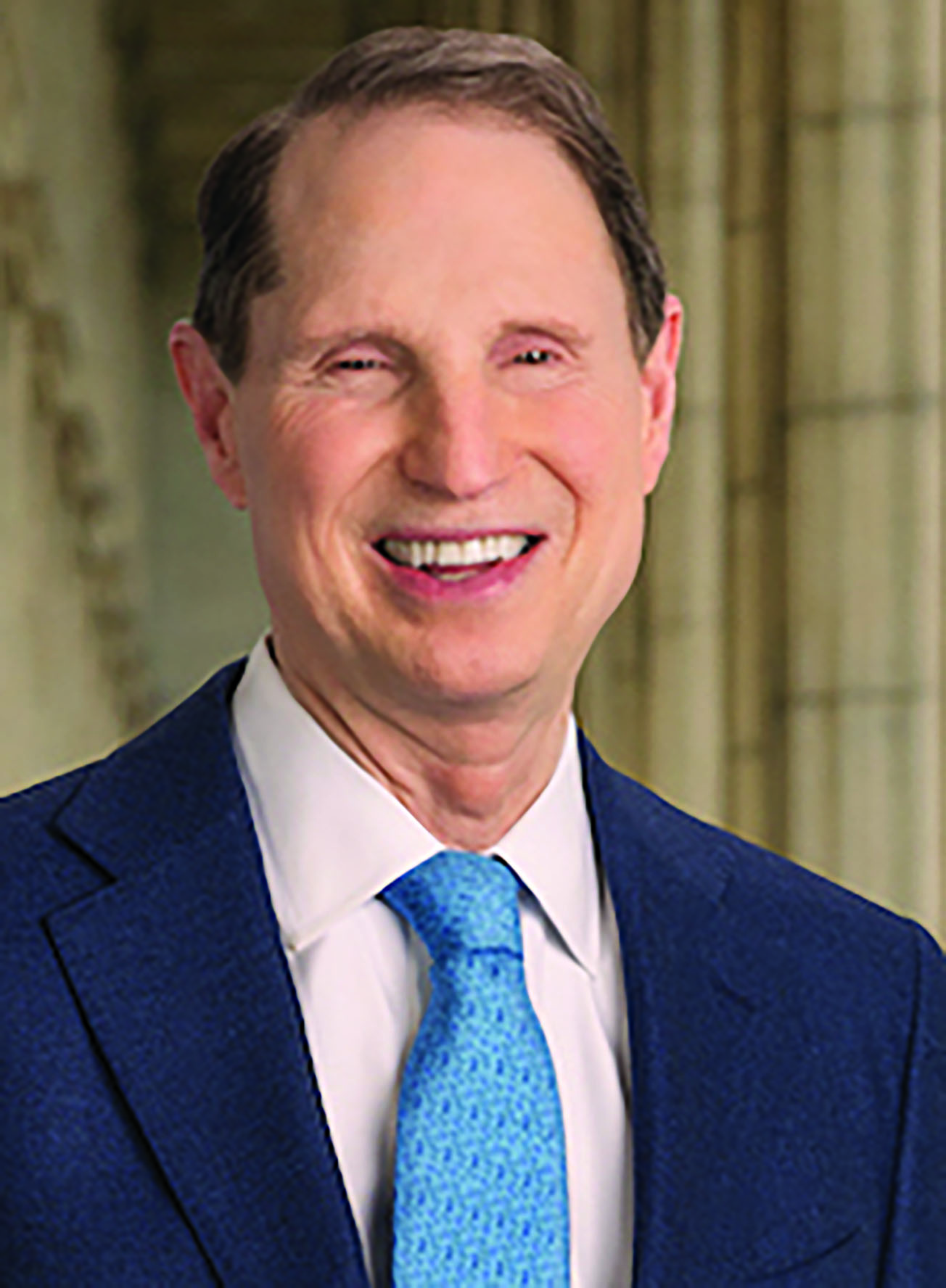A look back at the progress of the Obama years
Published 1:14 pm Monday, January 23, 2017
In 2012 and again in 2014, I wrote columns which attempted to summarize the economic progress that had been made up to those points during Obama’s presidency. Now that a new president has been sworn in, and especially in light of Mr. Trump’s penchant for claiming credit for any recent advances that were occurring even prior to his inauguration, this seems like a good time to reflect on how much conditions have improved in the last eight years.
In this season of “fake news,” it is worth recalling that President Obama’s term began in the middle of the deepest recession our country had faced since the Great Depression. The housing market collapse that began in 2006, the stock market plunge that started in 2007, and the banking industry failures, which culminated in the crisis of September 2008, were all features of an economy that was hurtling downward on Obama’s inauguration day.
Trending
The stock market bottomed out in March of 2009 (the same week that the economic stimulus package was adopted by Congress), and it has moved steadily upward ever since then. Today all major stock market averages are about three times what they were nearly eight years ago at their low ebb.
Unemployment is always a lagging indicator in any recession, so it reached its worst point a little later, at 10 percent in October of 2009, before that measure slowly began turning the corner. Now, as Mr. Obama leaves office, his successor inherits a very healthy unemployment rate of 4.7 percent. And while many of President Obama’s critics will point out that this number does not reflect all those people who are underemployed or who have given up looking for work, that factual observation could always be made about any “official” unemployment rate, and is especially an aspect of employment figures during or shortly after any recession. Nor does that observation erase the typical monthly gains of about 200,000 jobs that have occurred since the fall of Obama’s first year in office.
The 2009 budget deficit (which fiscal year began in October of 2008) was saddled with the unusual burdens of bailouts for the banking and auto industries, and ran the largest sea of red ink in our nation’s history, at over $1.4 trillion. By 2015, the deficit had shrunk to one-third that size, at $439 billion, and even though 2016’s deficit is estimated at about $544 billion, we should be reassured that the overall trend has been downward for the past eight years.
Meanwhile, other measurements that relate to consumer buying power are also positive. Inflation remains at a modest rate of about 2 percent, gas prices have stayed relatively stable and well below their peaks of the summer of 2008, and interest rates for 30-year home mortgages are still at about 4 percent. Housing construction and home sales have rebounded to about their pre-recession levels, and the bailouts of the banking and auto industries – however unpopular – appear to have served their purpose of restoring stability in both these vital economic areas.
It is also worth noting, especially as Congress debates its repeal or replacement, that under the Affordable Care Act, about 30 million more Americans gained health care coverage. Partly because the Republicans succeeded in branding the program “Obamacare” and partly because of the flaws that were inherent in an imperfect, patchwork solution right from its inception, the progress that has been made in this area will probably not be recognized until its absence is sorely felt by those who will no longer have access to these recent improvements.
As a staunch supporter of President Obama, I am thankful that he took the helm at a time when America badly needed his inspiration of hope for better days. I believe that history will treat him far more kindly than his opponents did, and that his humility, grace and leadership will be sorely missed in the years ahead.
Trending
John McColgan writes from his home in Joseph.









